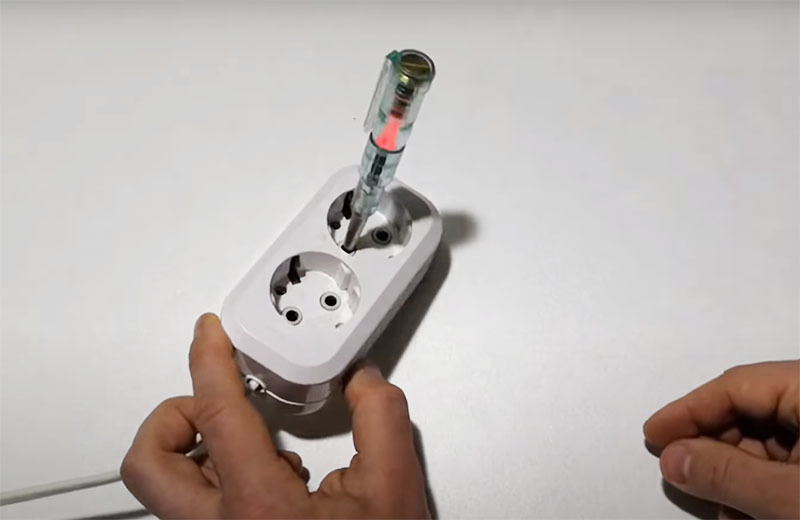Scientists know more than two hundred species of fungi and six hundred plant species that are capable of attacking, killing and devouring insects, worms and even small amphibians and birds. Why? They just want to get the nutrients they need, especially nitrogen. Introducing top-7 carnivorous plants and mushrooms , enticing and killing their victims in the ways that are the place in the horror film.
Contents:
7. Nepentes Attenborough
7. Nepentes Attenborough
The shape resembles a huge jug( or toilet bowl), from aboveequipped with a hinged lid. On the inside of the lid, the plant gives off sweet nectar, which attracts tupaj - small mammals. They lick the nectar and shit into the jug, and the satisfied plant processes the feces, getting from them the necessary nitrogen and phosphorus.
6. Predatory fungus
Three cells on a special hyphae of this insectivorous fungus of the genus Dreschlerella anchonia form a tiny circle( 0.03 mm in diameter).If the nematode worm touches the sensitive strip on the inner wall of the ring, the ring for a tenth of a second rings thickens three times and captures the prey. Then special hyphae emerge from the walls of the ring, which penetrate into it, release digestive enzymes inside and begin the process of digestion.
5. Pemphigus
The leaves of the plant are a kind of globules, the only opening in which is closed by a valve. The edges of the holes are covered with a water-repellent substance, which also contains sugary compounds that attract insects. When a careless insect touches sensitive hairs on the valve, it quickly opens and the victim, along with the flow of water, quickly gets carried away inside, and the valve also instantly slams. The plant can only digest food. However, some types of pemphigus have abandoned the predatory lifestyle by providing their vesicles for algae and zooplankton.
4. Littermen
These plants catch their victims as an adhesive tape. Their broad leaves are covered with tiny hairs, and a multitude of glands on them secrete saccharous mucus, lures insects. The insect sits on a sheet, gets bogged down in mucus and tries to escape. The plant feels these movements and starts to slowly twist the leaf, while the other glands begin to secrete digestive enzymes. The end is predictable.
3. Rosyanka
The leaves of the plant are covered with a lot of villi with droplets of liquid on the tips. Insects land on leaves to taste temptingly gleaming nectar, and get stuck in a sticky substance. Leaves curl to cover their entire prey. All this happens very slowly, the process can take several hours, but the victim is paralyzed by the alkaloid contained in the liquid and can not escape. Then leaves secrete enzymes that slowly digest the victim. In this sundew pollination is necessary to continue the genus, so the flower itself with real nectar is on a long stem. This is necessary so that the pollinating insects do not fall into the trap.
2. Saracenia
The plant is shaped and colored like insect-attracting flowers, but its upper part forms a long, narrow container. The edges of the "jug" are covered with a slippery waxlike substance, along which a careless insect slides down into a liquid that is a mixture of active substances. Its wings get wet, it sinks and sinks to the bottom, and there it is slowly digested.
1. Carnivorous bromeliads
The leader of the predatory fungi and plants is a representative of a family of tropical plants, which includes a harmless pineapple. In some bromeliadic sinuses, leaves form a kind of jugs, full of fluids, and the leaves themselves are covered with a layer of material that reflects ultraviolet and attracts sensitive bees and other insects. Bromeliads also produce compounds similar to nectar. Insects land on an unstable, powdery surface, lose support and fall into a liquid, where they are digested by the enzymes released and the bacteria that live there.



